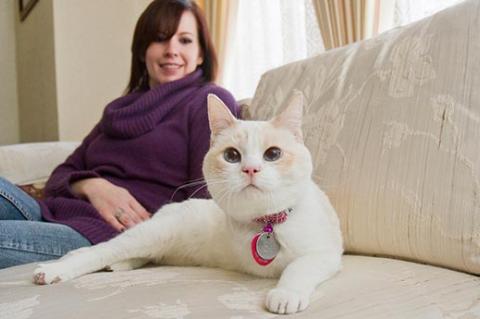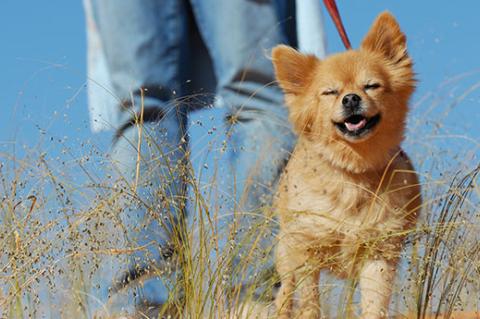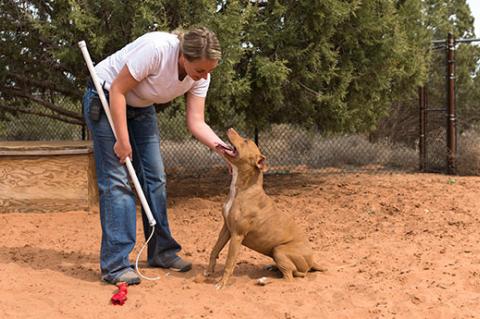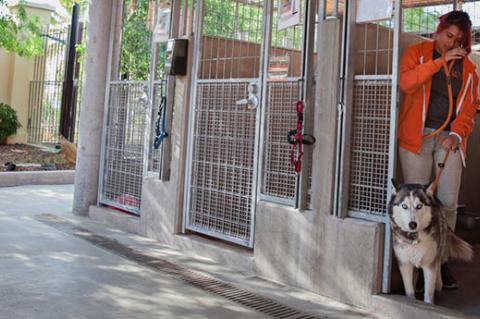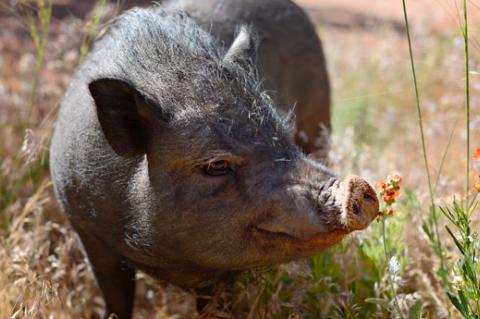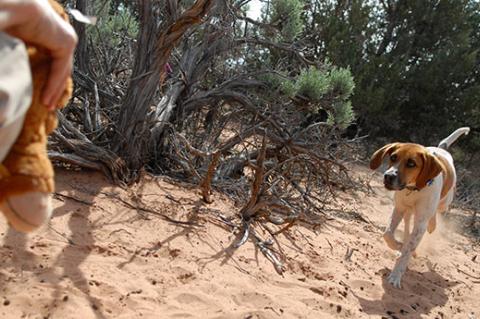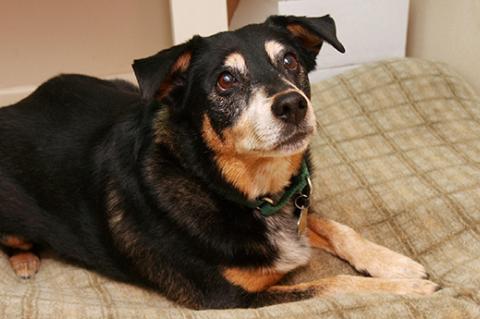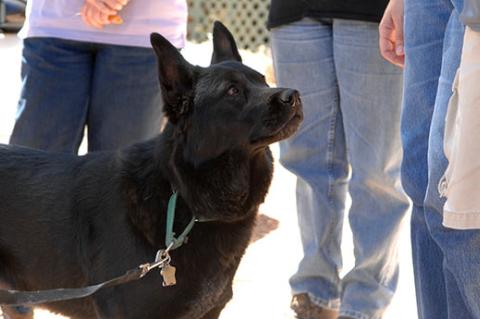Trap-Neuter-Vaccinate-Return (TNVR) for Cats: Action Kit
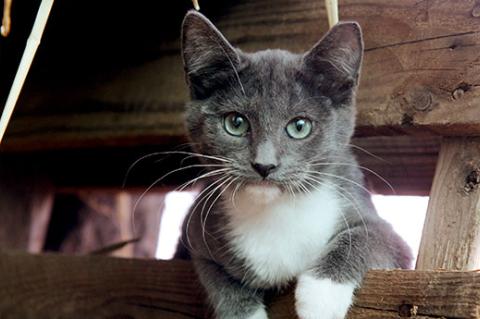
Community cats — i.e., ownerless, free-roaming outdoor cats — can benefit from the help of their human neighbors. And a trap-neuter-vaccinate-return (TNVR) program, also known as trap-neuter-release (TNR), is a great way to do that.
Do you want to get involved in advocating for community cats and implementing a TNVR program in your area? Here are some resources to help guide you through the process and educate people about TNVR for cats.
